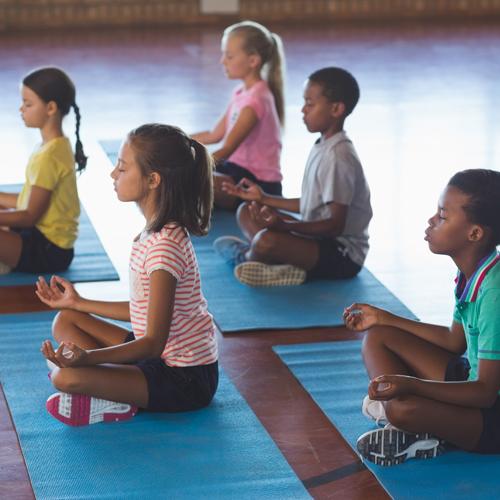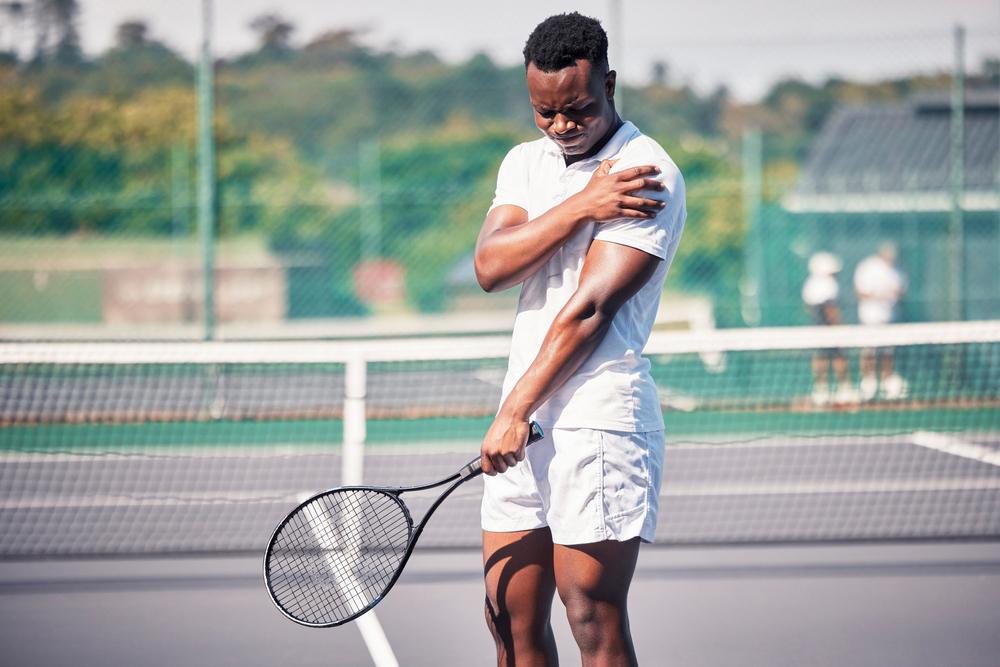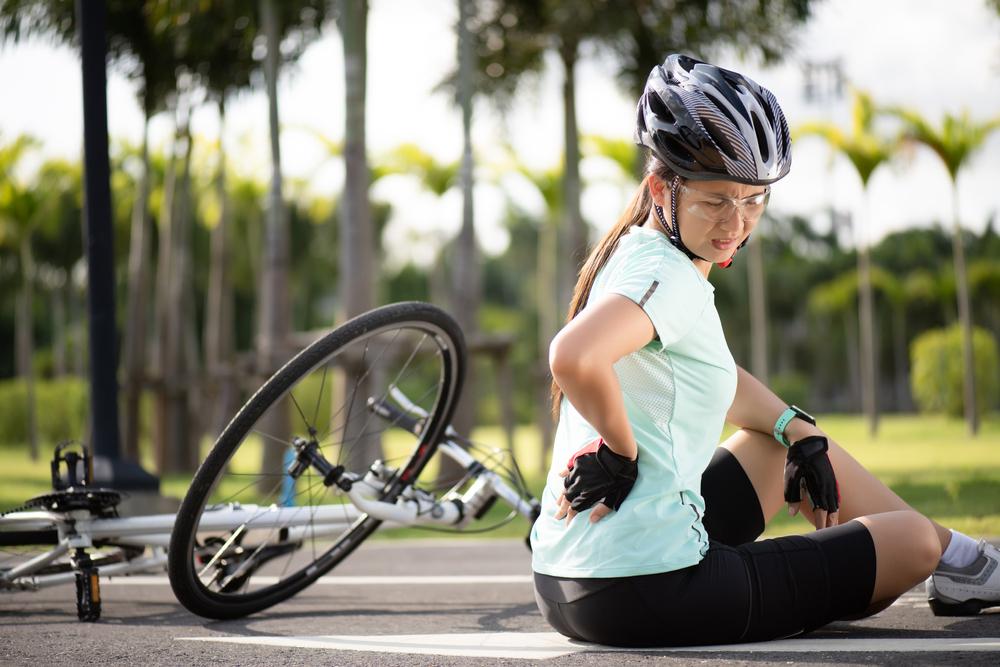 As a coach or parent, you may have heard that mindfulness or meditation has been shown to be a highly effective, free tool for calming nerves and decreasing stress levels. And that research doesn’t just apply to adults: Much has been reported in recent years on how important mindfulness can be to the mental health of children as well. On the playing field, visualization and other mental techniques have even been shown to improve performance.
As a coach or parent, you may have heard that mindfulness or meditation has been shown to be a highly effective, free tool for calming nerves and decreasing stress levels. And that research doesn’t just apply to adults: Much has been reported in recent years on how important mindfulness can be to the mental health of children as well. On the playing field, visualization and other mental techniques have even been shown to improve performance.
Professor John Gabrieli, PhD, has been studying mindfulness in young children for the past few years, and his recent research at MIT led to some noteworthy results around why all schools should institute mindfulness practices that helped students focus on the present and get in touch with their feelings and thoughts. Here, he explains why it’s important to help young athletes develop a mindfulness routine and how to do it.
WHY
Understand the Importance
Mindfulness may be a lifesaver, Gabrieli says. “We’ve been struggling against a rising tide of anxiety and depression in adolescence,” he says. “In the last 10 years, there’s been an estimated 50 percent increase in depression. We don’t know why this is happening, but we’re trying to find ways to work towards lessening that. School-based mindfulness was one of the ways we wanted to approach it. As far as interventions go, it’s arguably the cheapest and easiest one to try.” Gabrieli tested mindfulness practices in a school setting, and the results were promising: Students reported greater feelings of calm and focus, and lowered levels of stress.
It’s Not All in Their Heads
For Gabrieli, the most exciting outcome of his research was the result of brain scans done on the children who began a mindfulness practice. Not only were they reporting feeling less stressed, their brains were actually changing as a result. “Children who practiced mindfulness showed changes in the brain in the areas involved in emotion and cognition,” he adds. “Often, people dismiss meditation and mindfulness as something that’s perceived versus factual, so it was important to see these brain changes that corresponded to their subjective feelings of stress.”
Keep Their Heads in the Game
Teaching mindfulness doesn’t just keep athletes calm before a big competition, it can also help them pay better attention during the game, according to one study that found meditation helped children ignore distractions—like parents shouting in the stands—and concentrate better. Researchers explained that this is because mindfulness teaches people how to pay attention to the present moment without judgement, so a young athlete can focus in on the task at hand and ignore outside stimuli.
 There’s No Age Limit
There’s No Age Limit
It might be hard as an adult to understand the complex emotions that children can face throughout the day, but remember, their emotions and responses to stimuli are just as valid as yours. And even very young children can experience benefits from mindfulness and meditation — one study showed that when a school introduced yoga and meditation to third graders, their anxiety levels decreased while their wellbeing and overall emotional health increased.
Savor the Side Benefits
One study done on adults showed that helping them focus internally on how they felt at the present moment through body scanning, one of the primary methods of mindfulness used in many yoga practices, actually helped promote a positive body image. For adolescent athletes, this could mean a massive shift in how they view themselves and that could potentially help avoid issues around body composition and disordered eating. And with regards to food, another study demonstrated that mindfulness could actually help children avoid overeating by changing brain patterns.
HOW
Teaching Present Focus
“We want to encourage focus on the present moment, as opposed to the past or worries about the future,” says Gabrieli. “We start with focusing on one’s breath.” In its simplest form, this can mean taking two minutes at the beginning of practice for athletes to sit with their eyes closed simply counting breaths. It doesn’t need to be a guided meditation or involve diffused essential oils, specific pillows, or postures. Keep it simple to start.
There’s an App for That
 Gabrieli is quick to note that not every coach or parent will feel comfortable teaching mindfulness to children, but there are plenty of free resources available. He prefers Inner Explorer, which has programs for classes, as well as apps directed at different age groups that can be used independently. Calmer Choice is another great resource for coaches and teachers that he recommends often, and for parents hoping to meditate alongside of their children, Headspace is another simple starting point appropriate for most ages.
Gabrieli is quick to note that not every coach or parent will feel comfortable teaching mindfulness to children, but there are plenty of free resources available. He prefers Inner Explorer, which has programs for classes, as well as apps directed at different age groups that can be used independently. Calmer Choice is another great resource for coaches and teachers that he recommends often, and for parents hoping to meditate alongside of their children, Headspace is another simple starting point appropriate for most ages.
It Doesn’t Take Much
You don’t need your team to take up full practices meditating, Gabrieli says. “The people I know who are the most enthusiastic about mindfulness believe that if you do 10 minutes a day, you’re good,” he says. “And you can start even smaller, especially with a whole team or class. You want to fit it into your day, not have it replace practice.”
But given that 10 minutes daily seems to be the sweet spot for creating measurable benefits, it might be worth getting started with a few weeks of guided mindfulness training with your athletes.
_____________________________
Takeaway
There are plenty of reasons why it’s worth helping your athletes learn how to incorporate mindfulness techniques into their regular routine, from lowered stress levels to improved concentration. It’s easy to get started with breathing exercises, apps, and quick sessions.



